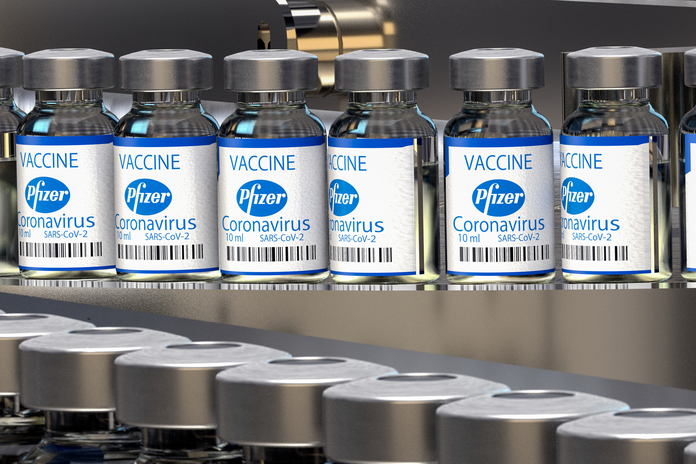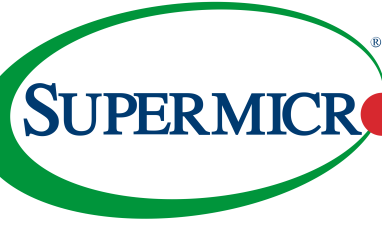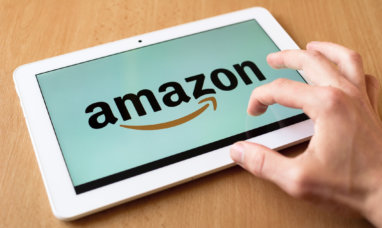Due to significant revenue increases from its COVID vaccination and medication, Pfizer (NYSE:PFE) has been one of the biggest winners over the past two years.
In absolute terms and in comparison to how the company has fared in the past, 2022 will be a massive year for the business. Investors should be aware that this is an aberration and that earnings will probably start to decrease in 2023 and beyond to a more sustainable level.
Therefore, rather than pursuing Pfizer’s stock based on unsustainable levels of profitability, it seems sensible to have a longer-term perspective.
More Successful Than Ever
Before Pfizer and BioNTech (NASDAQ:BNTX) worked together to develop the wildly successful COVID vaccination Comirnaty, which caused its sales to soar last year. Additionally, the company has succeeded in creating Paxlovid, a successful medicine against COVID.
With the help of these two medications, Pfizer has been one of the pandemic’s most significant overall winners since its sales have increased to previously unheard-of heights.
Most of the past ten years have seen Pfizer generate revenues of $40 billion to $50 billion. Pfizer nearly doubled its revenue in 2021 compared to the previous year, reaching $81 billion in sales, thanks to significant Comirnaty sales. One of the highest topline figures ever recorded by a pharmaceutical or healthcare company.
However, Pfizer Expects to Make Much More Money This Year
Along with continuing to generate substantial sums of income, Comirnaty also provides a second COVID-based revenue stream through Pfizer’s Paxlovid.
Despite being used far less frequently than the COVID vaccinations, Paxlovid nevertheless generates considerable sums of money for the company because it is sold at a significantly higher price per dosage than Comirnaty.
Comirnaty and Paxlovid performed nearly in sync throughout the most recent quarter. The COVID vaccination and Paxlovid contributed another $8.2 billion to Pfizer’s top line, totaling $17.1 billion, or around $70 billion annually.
That indicates how big of a game changer Pfizer’s COVID business has become, as it is significantly greater than the revenue was across all business lines previous to the pandemic.
Paxlovid currently contributes slightly less to revenue than the other drug, but it is growing more quickly. Even yet, Comirnaty recorded a 13 percent increase in sales from the previous year, which caught everyone off guard.
Since vaccination campaigns have slowed in recent quarters, it was far from certain that Pfizer’s Comirnaty would see increasing income. Although there is no assurance that growth will continue in the future, Paxlovid is now expanding more quickly.
Have Sales Peaked?
It is likely that sales of both Comirnaty and Paxlovid will peak in the not-too-distant future and that sales will decline in the years that follow.
Pandemics like the Spanish Flu and others have ended eventually, and COVID will likely follow suit. There will eventually be a reduction in viral transmission due to acquired immunity and vaccine-induced immunity, which will decrease the demand for Paxlovid dosages.
Pfizer made $27.7 billion in sales during the second quarter or about $110 billion annually. Additionally, the company increased its revenue by an impressive 53 percent year after accounting for mergers and acquisitions and changes in exchange rates; this is practically unheard of for pharma giants.
With a gross margin of approximately 70%, we arrive at a net profit of $11.4 billion, or around $45 billion annually, after considering operating costs like R&D and sales and income taxes.
With that much, the net profit margin would be around 40%, making it one of the highest in the pharmaceutical sector and the entire investment landscape. This net profit level per dollar of revenue is unmatched, not even by a highly lucrative business like Apple (NASDAQ:AAPL).
Net Profit of $20.5 Billion in H1
Based on current corporate estimates, Pfizer expects to generate roughly $36 billion for this fiscal year. Accordingly, H2 will likely be lower than the first half of the current year, and Q2 may have already marked the peak of Pfizer’s profitability.
That might be the case because Pfizer’s vaccine business has a somewhat hazy future. Since the next round of (updated) boosters has not yet been announced, it is unknown how many already-vaccinated individuals in the US and abroad will choose to receive a second booster shot.
When we examine what Wall Street believes will happen to Pfizer’s profits in the future, we find that most analysts concur that the profit level reached this year won’t be attainable in the long run.
Revenues Expected to Drop
Revenues are expected to drop by 25% and 30% next year compared to this year. If the analyst community is right, Pfizer will experience a sales decline in 2024.
Nevertheless, even accounting for the pandemic years, Pfizer’s anticipated revenue of over $68 billion in 2024 would still be more significant than any year in the previous decade.
Revenue of $68 billion would indicate an increase of more than 50% from 2019. But even after 2024, revenues will probably keep falling for a while.
Profits are expected to decrease as well; from $6.50 this year to barely $4.30 in two years, a decrease of around one-third is predicted. Profit decreases are anticipated given the sales challenges analysts predict to exist over the following two years.
Thus, it should be undeniable that Pfizer’s current earnings aren’t long-term. Still, the corporation is making these excess profits for the time being, and it may use them to, ideally, increase shareholder value over time.
One option is an organic investment, which, in the context of pharma businesses, generally refers to investing in R&D. Although the company was already doing that before the recent windfall profits, it is now doing so at a significant rate.
M&A is another strategy to use surplus cash; Pfizer has long been involved in this area, and the corporation has continued to do so recently.
For instance, Pfizer spent more than $6 billion to acquire Arena Pharmaceuticals in H1.
Arena Pharmaceutical develops a variety of medications that are now being investigated for conditions like Crohn’s disease and pulmonary arterial hypertension.
Pfizer also uses its cash for dividends and share repurchases. While dividend payments have been provided consistently for a while, buyback expenditure has fluctuated over time.
Pfizer repurchased $2 billion worth of shares in the second quarter. Still, despite this, the company’s diluted share count increased year over year as share issuance to staff outweighed the buyback efforts.
Is It Time To Buy?
Pfizer trades for just 7.6 times its projected net profit for this year, making it appear to be a bargain. Pfizer, however, no longer appears to be so inexpensive when we consider the anticipated profit declines over the following couple of years. That makes Pfizer a risky buy at this time.
Featured Image: Megapixl © Mikemareen

















